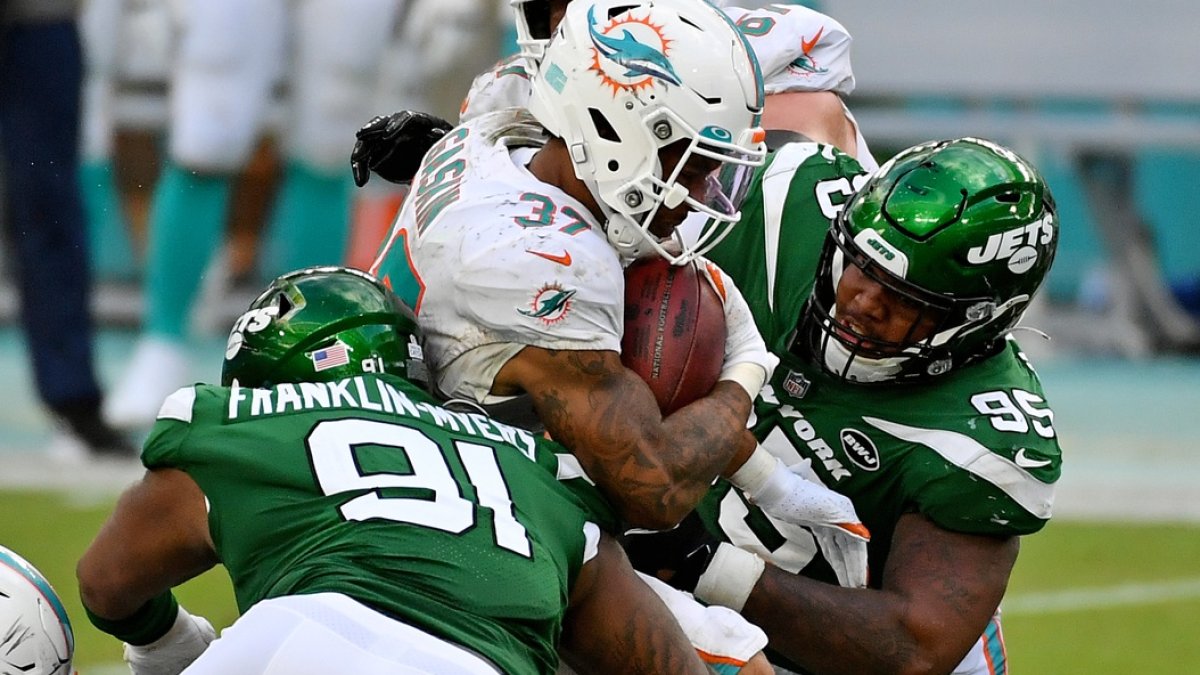We all have seminal moments in our understanding of the great game of football. While I’ve been a fan of the game since the mid-90s, it took until I drove through multiple states to watch the Kansas City Chiefs play against the Pittsburgh Steelers in the divisional round of the 2016 playoffs to start to understand a defensive phenomenon that was manifesting itself around the league.
As two-point favorites against Pittsburgh, the Chiefs fell 18-16, giving up 170 yards to future Chief Le’Veon Bell along with six field goals to Chris Boswell. The two-seeded Chiefs lost a home playoff game for the fifth straight time in a game that would be their last without future NFL MVP Patrick Mahomes as a member of the team.
The Chiefs appeared to make a concerted effort to entice the Steelers to run the football in that game, playing strong safety Daniel Sorensen in the box next to second-year linebacker Ramik Wilson in their 2-3-6 dime defense (a defense that I had a great view of from my end-zone seats). Their average of 5.5 men in the box on early-down plays was the lowest number they used all season, even though Bell was second in the league in rushing yards per game, averaging over 105 per stanza.
The Chiefs knew fewer passes in the air meant fewer opportunities for star wide receiver Antonio Brown — who ranked second in the league in receptions (105) and fifth in yards (1,284) at the time — against guys like Terrance Mitchell, whom they had acquired midseason to start at cornerback.
This tactic “worked” in many ways, as a Steelers team that had averaged 25 points per game in the regular season was held to a touchdown below that total, while their 0.01 expected points added (EPA) represented a significant drop-off from the 0.05 EPA per play they generated during the regular season.
It wasn’t the 170 yards from Bell that hurt the Chiefs; it was their ineptitude on offense (they generated -0.10 EPA per play) and a holding call on Eric Fisher on a 2-point conversion attempt that led to their early exit.
The Steelers were generating 0.13 EPA on passing plays during the 2016 regular season versus -0.08 on the ground. But in that game against the Chiefs, they were able to generate -0.16 on both passes and runs against a defense that had allowed -0.02 and -0.09, respectively, during the regular season.
Anecdotally, it appears as though more teams are attacking great offenses this way. Against Kansas City on a rainy, makeshift Monday night in Buffalo, the Bills used the second-fewest men in the box they’ve used all year (5.64 men in the box versus a league average of 5.94). On early downs, the Bills used only 5.86 men in the box versus a league average of over six men in the box.
The Chiefs promptly ran for 245 yards on the Bills in a 26-17 win, in a game where many pondered whether that was the Bills’ preferred outcome.
The amount of sub-package snaps teams play has only increased over the past few seasons to the point where we’re long past nickel being the base defense used in the league (59% of defensive snaps are in nickel; Buffalo leads the league with 90%). The trend toward early-down passing has been slow but steady, up about a percentage point and a half since 2014 and almost a full percentage point from 2019.
These trends have me converging on a very interesting finding, one for which I did not have an explanation until recently.
Exclusive content for premium subscribers

WANT TO KEEP READING?
Dominate Fantasy Football & Betting with AI-Powered Data & Tools Trusted By All 32 Teams
Already have a subscription? Log in



 © 2025 PFF - all rights reserved.
© 2025 PFF - all rights reserved.